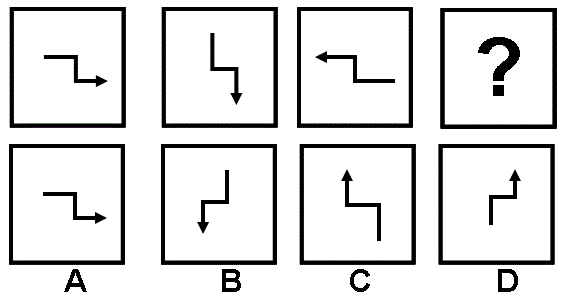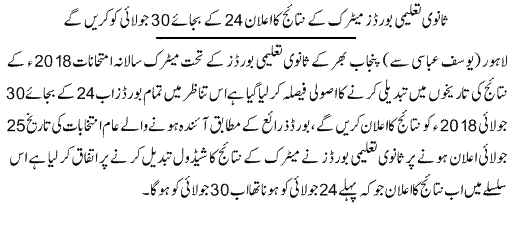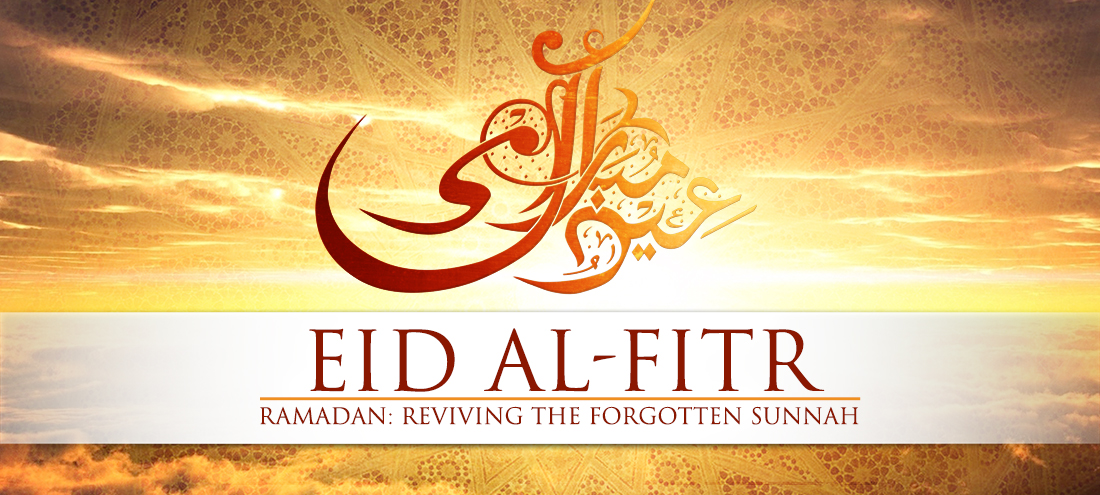Eid al-Fitr (Arabic: عيد الفطر ʻĪd al-Fiṭr, IPA: is an important religious holiday celebrated by Muslims worldwide that marks the end of Ramadan, the Islamic holy month of fasting (sawm). This religious Eid (Muslim religious festival) is the first and only day in the month of Shawwal during which Muslims are not permitted to fast. The holiday celebrates the conclusion of the 29 or 30 days of dawn-to-sunset fasting during the entire month of Ramadan. The day of Eid, therefore, falls on the first day of the month of Shawwal. The date for the start of any lunar Hijri month varies based on when the new moon is sighted by local religious authorities, so the exact day of celebration varies by locality.
Eid al-Fitr has a particular salat (Islamic prayer) consisting of two rakats (units) and generally offered in an open field or large hall. It may be performed only in congregation (Jama’at) and has an additional extra six Takbirs (raising of the hands to the ears while saying “Allāhu Akbar” which means “God is the greatest”), three of them in the beginning of the first raka’ah and three of them just before ruku’in the second raka’ah in the Hanafi school of Sunni Islam. Other Sunni schools usually have twelve Takbirs, seven in the first, and five at the beginning of the second raka’ah. According to Shia Islam, it has 6 Takbirs in the first Rakat at the end of qira’a, before ruku`, and 5 in the second.This Eid al-Fitr salat is, depending on which juristic opinion is followed, Fard فرض (obligatory), Mustahabb مستحب (strongly recommended, just short of obligatory) or Mandoob مندوب (preferable).
Muslims believe that they are commanded by Allah, as mentioned in the Quran, to continue their fast until the last day of Ramadan and pay the Zakat al-Fitr before offering the Eid prayers.
History
Eid al-Fitr was originated by the Islamic prophet Muhammad. It is observed on the first day of the Islamic month of Shawwal at the end of the month of Ramadan, during which Muslims undergo a period of fasting.
According to certain traditions, these festivals were initiated in Medina after the migration of Muhammad from Mecca. Anas reports: When the Prophet arrived in Madinah, he found people celebrating two specific days in which they used to entertain themselves with recreation and merriment. He asked them about the nature of these festivities at which they replied that these days were occasions of fun and recreation. At this, the Prophet remarked that the Almighty has fixed two days [of festivity] instead of these for you which are better than these: Eid al-Fitr and Eid al-Adha
General rituals
Traditionally, it is the day (beginning at sunset) of the first sighting of the crescent moon shortly after sunset. If the moon is not observed immediately after the 29th day of the previous lunar month (either because clouds block its view or because the western sky is still too bright when the moon sets), then it is the following day.[citation needed]
Eid al-Fitr is celebrated for one, two or three days. It is forbidden to fast on the Day of Eid. Also, a specific prayer is nominated for this day.[8] As an obligatory act of charity, money is paid to the poor and the needy (Arabic: Zakat-ul-fitr) before performing the ‘Eid prayer. As another rituals, Muslims recite the following incantation in a low voice while going to the Eid prayer: Allāhu Akbar, Allāhu Akbar, Allāhu Akbar. Lā ilāha illà l-Lāh wal-Lāhu akbar, Allahu akbar walil-Lāhi l-ḥamd. Recitation ceases when they get to the place of Eid or once the Imam commences activities.
Eid prayer and eidgah
The Eid prayer is performed in congregation in open areas like fields, community centres, etc. or at mosques. No call to prayer is given for this Eid prayer, and it consists of only two units of prayer with an additional six incantations. The Eid prayer is followed by the sermon and then a supplication asking for Allah’s forgiveness, mercy, peace and blessings for all living beings across the world. The sermon also instructs Muslims as to the performance of rituals of Eid, such as the zakat. Listening to the sermon at Eid is not required and is optional, a Sunnah i.e. while the sermon is being delivered. After the prayers, Muslims visit their relatives, friends and acquaintances or hold large communal celebrations in homes, community centers or rented halls.[citation needed]
Eid gifts, known as Eidi, are frequently given at eid to children and immediate relatives.
Performing Eid-ul-fitr prayer
Eid al-Fitr prayer (Salat al-Eid) or Eid al-Fitr Namaz is performed on the occasion of Eid. The Prayer of Eid al-Fitr is performed in two different ways by Sunni and Shia Islam.

Sunni procedure
There are two Rak’ah (Rakaat) performed in the Eid al-Fitr prayer.[12] The prayer of Eid al-Fitr starts by doing “Niyyat” for the prayer and then Takbeer (Allahu Akbar) is said by the Imam and all the followers. The next is to recite “Takbeer-e-Tehreema” in first Rakaat. Then the congregation says Allahu Akbar seven times, every time raising hands to the ears and dropping them except the last time when hands are folded. Then the Imam reads the Surah-e-Fatiha and other Surah. Then the congregation performs Ruku and Sujud as in other prayers. This completes the first Rak’ah. Then the congregation rises up from the first Rak’ah and folds hands for the second Rak’ah. In the next step the Imam says five takbirat, followed by the congregation, every time raising the hands to the ears and dropping them except the last time when the hands are folded. Again the Imam reads the Surah-e-Fatiha and another Surah followed by the Ruku and Sujud. This completes the Eid prayer. After the prayer there is a khutbah.
Shia procedure
Shia also perform two Rak’ah in the Eid al-Fitr prayer. Prayer starts with the Niyyat followed by the five “Takbeers”. During every “Takbeer” of the first Rak’ah, a special Dua is recited. Then the Imam recites Sūrat al-Fātiḥah and Surat Al-‘A`lá and the congregation performs Ruku and Sujud as in other prayers. In the second Rak’ah again the same above steps (five Takbeers, Sūrat al-Fātiḥah and Surat Al-‘A`lá, Ruku and Sujud) are repeated. After the prayer, Khutbah starts.





